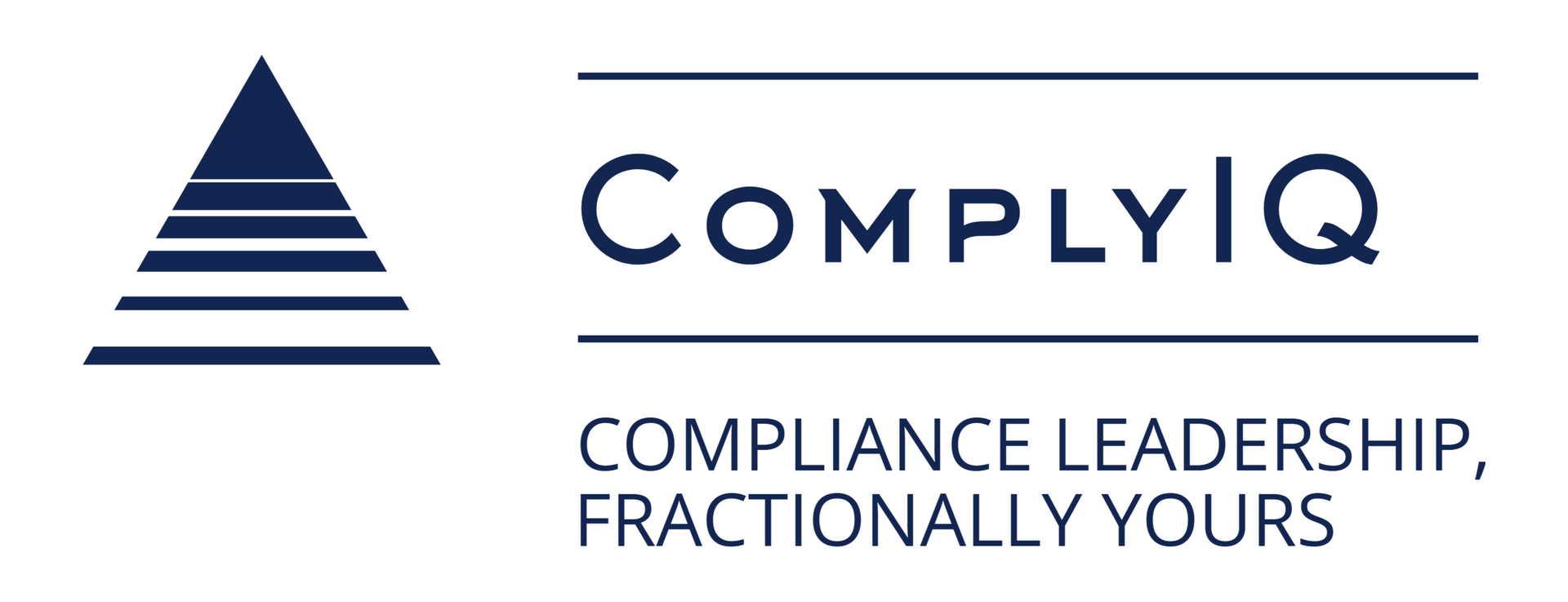AI Regulation Guide: Fast Compliance Playbook for Fintechs
A practical AI Regulation playbook for fintechs: governance, targeted risk checks, and operational controls to unblock releases and prepare exam-ready evidence.

Introduction — Why this guide matters
AI is breaking releases.
Many teams ship AI features without mapped compliance. Then they may face product holds, fines, and reputational damage.
In this guide you’ll get a compact, practical plan: governance, risk checks, operational controls, a fintech case, and a one-page readiness checklist to act fast. Read this if you need a short playbook you can use this sprint.
Why AI regulation matters for fintechs
Fintechs face overlapping U.S. oversight: the FTC, CFPB, federal banking supervisors, and state regulators.
That overlap means one model can trigger several exams at once.
Regulators focus on deceptive claims and opaque decisioning. See the FTC guidance on truth and fairness for what to avoid. NIST AI Resource Center gives a practical baseline for controls and evidence you can show an examiner.
Common failure modes in fintech:
- Opaque credit decisions that trigger adverse-action problems: CFPB guidance
- Biased outcomes harming customer groups.
- Weak oversight of third-party models.
- Uncontrolled data flows leaking sensitive info.
Enforcement is real. Recent press on FTC priorities shows regulators are focusing on deceptive AI claims Reuters reporting. For concrete failure examples, consult the AI Incident Database to shape realistic tests AI Incident Database.
Start with NIST playbooks and incident examples to prioritize which models need immediate work. These two sources give standards and real-world lessons. After each source, ask: what do I need to show an examiner tomorrow?
Proactive compliance approach steps
Our approach has three parts: Govern, Assess, Operate. Think of governance as the gate at the airport. It decides who boards the plane.
Step A — Govern: Assign roles and policies
Set decision rights across product, legal, and compliance. Draft three short policies: model risk policy, third-party oversight policy, and a data handling charter. Track simple KPIs: bias test pass rate, drift alerts per month, and access-log completeness. Map those KPIs to NIST AI RMF 1.0 controls so you can point to documentary evidence during exams .
Add a compliance checkpoint to your sprint definition of done. That keeps governance lightweight and practical.
Step B — Assess: Inventory models and impacts
Inventory every model: fraud score, credit decisioning, routing, and personalization. Map where data comes from and where outputs go.
Run an Algorithmic Impact Assessment (AIA) by scoring bias, privacy, consumer safety, and financial risk. Use templates to speed work: Canada AIA tool and Ada Lovelace AIA template are good starting points.
Practical AIA example (mini worked example)
- Step 1: Choose the metric. Use false positive rate difference across protected groups.
- Step 2: Measure. Group A false positive = 12%. Group B false positive = 6%.
- Step 3: Score the impact. Difference = 6 percentage points → mark high priority if your threshold is 5%.
- Step 4: Mitigate. Actions might include threshold calibration, adding a human-review step for flagged decisions, and a retraining plan with more representative data. Assign an owner and a 30-day deadline.
This mini example shows how an AIA turns a vague risk into a short list of tasks you can assign and track.
Use practical tools for tests. IBM’s AIF360 GitHub, Microsoft’s Fairlearn GitHub, and SHAP GitHub help you measure fairness and explain decisions.
Example threshold: flag a model if false positive rate difference across groups exceeds 5% and prioritize mitigation. Document results in an audit-ready matrix: risk score, mitigation, owner, and deadline. That matrix is exam gold. After the matrix, pick the top two high-impact models and act.
Step C — Operate: Put controls and checks live
Require logging of inputs, model versions, and outputs. Produce explainability artifacts and automated rollback triggers. Use OWASP ML Security guidance to defend data flows and add practical controls. Create pre-release bias and performance tests and post-release drift monitors. Use IBM’s Explainability 360 and Model Card Toolkit to generate reproducible artifacts.
For third-party models, require SLAs, governance documentation, and audit rights. The Partnership on AI has good vendor diligence playbooks. Integrate approval records and test outputs into Jira and Notion for traceability. Examiners want evidence, not promises.
Before each release, stop and confirm three items:
- Model version and test logs are attached.
- An approver from compliance signed off.
- A rollback plan exists.
How to implement the approach — Practical steps
Follow this three-step path to move fast without cutting corners.
Step 1 — Quick audit and a 90-day plan
Run a focused 2-week compliance triage. Collect:
- Model specs and training data maps.
- Vendor contracts and SLAs.
- Existing monitoring dashboards and retention rules.
Use the AIA templates, like EqualAI AIA or those listed earlier to structure intake. Produce a 90-day plan that prioritizes fixes enabling your next release: disclosure updates, an SLA tweak, and a targeted bias test.
Involve compliance to validate the triage and sign off on the plan. External validation reduces back-and-forth and shortens timelines.
Step 2 — Build controls into the SDLC
Add compliance gates: “must-pass” checks before merge and deployment. Automate tests in CI/CD.
Log model versions, test results, and approver names with every deployment. Create standard acceptance tests for fairness, privacy, and explainability. Assign owners: a product owner, engineering lead, and compliance reviewer for each control.
This prevents compliance from being an afterthought and frees engineers to ship with confidence.
Concrete CI example: run a fairness test script on every staging build. If the false positive gap exceeds your threshold, block merge and create a Jira ticket automatically.
Step 3 — Prepare for exams and documentation
Compile an exam-ready pack: policies, AIA, test logs, vendor due diligence, governance minutes, and model cards. Use Model Cards research to summarize purpose, subgroup performance, and limits.
Run a mock regulator walkthrough with the leadership team, legal, and compliance. Treat it like a fire drill: short, sharp, and evidence-focused.
Schedule quarterly reassessments and ad hoc reviews after material model changes. Small, frequent checks beat large, frantic audits later.
For immediate action, download an AI readiness checklist and run the 2-week triage this sprint.
Conclusion — Key takeaways and next steps
Governance, targeted risk checks, and operational controls make AI regulation manageable. Early compliance input prevents costly delays and audits.
Actions you can take this week:
- Run the 2-week triage and score one high-risk model.
- Attach test logs and a disclosure draft to your next PR.
- Book a short compliance review, if you hit a licensing question.
If missing releases cost you time and revenue, run the triage now and download the AI readiness checklist to get started.
FAQs
What is “AI regulation” for fintechs? It covers rules and supervisory expectations on fairness, transparency, privacy, and consumer protection. Regulators who may engage include the FTC, CFPB, federal banking agencies, and state attorneys general.
How fast can compliance unblock a release? Expect 2–8 weeks depending on model complexity and vendor cooperation. Simple fixes like disclosures and SLA changes can take 2–3 weeks.
Do startups need full audits to comply? No. Lightweight AIAs and targeted tests often suffice unless the model has high consumer impact; then formal audits are advisable.
How should I handle third-party models? Require SLAs, governance docs, explainability support, and audit rights. Use vendor diligence playbooks from industry groups to standardize clauses.










